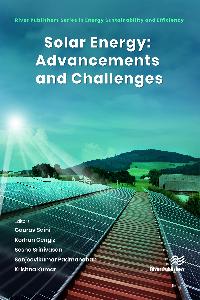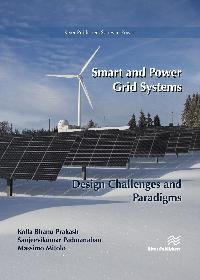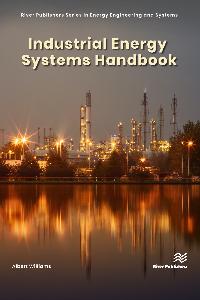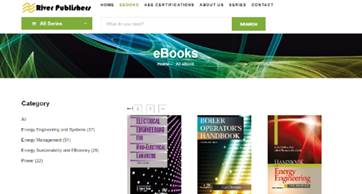Heat recovery in compressed air systems: how much, at what temperatures, and for what can it be used?
Compressors. It should really rather be referred to as heaters (which also coincidentally happens to supply a little bit of air in the process). Did you know, that actually all 100% of the electrical energy that goes into a compressor, gets converted to heat? Almost all of this - 96% - can indeed be recoverable available heat, with the remaining 4% practically not recoverable.
So now the question is, if all the energy is converted to heat, how is there any energy left in the compressed air to do the actual work? Which leads us to the question of why is air pressurised in the first place, if almost all of the energy is wasted as heat anyway?
The energy that does the work in compressed air comes from the heat released when the compressed air expands back to atmospheric conditions (which can be calculated). The energy entrained in compressed air, was already there when air was at ambient conditions. Energy of 1 kg of air at ambient pressure is exactly the same as the amount of energy of 1kg of air at 7 bar pressure.
All a compressor really does, is getting air to a higher pressure so that it can be transported to where it needs to be used. And the consequence of this pressurisation?
Heat.
Lots of heat.
So then, how much heat (quantity) is practically available to be recovered, and at what temperatures (quality)? Well, it depends. It depends on whether the machine is oil-flooded or oil-free, water- cooled or air-cooled. For an oil-free, water-cooled screw machine, up to 96% of heat energy at 90°C is available for reuse through heat recovery. And for an oil-injected, air cooled screw machine, up to 76% heat energy is available at 70°C.
The best way to use heat recovery is as hot water. This is even possible in air-cooled compressors (with an auxiliary heat exchanger in the oil circuit). You can use the heat for numerous requirements to massively offset your thermal energy consumption. Consider using this heat in lieu of rejecting cooling water (additionally resulting in avoided chiller operation and its water treatment). Or how about using it for Clean-In-Place, boiler feedwater preheating, food & beverage products, process fluids, change-house water heating, space heating, or even for absorption chilling.
Heat recovery from compressed air is often overlooked in industry due to lack of awareness, perceived cost, or complexity barriers. However, with some fundamental understanding and calculations on the topic, you may just realise immense energy system savings and ultimately move closer to net-zero carbon emissions.
Albert Williams is an energy engineer who has instructed over 170 training courses on Energy Management, Energy Auditing, Pump-, and Compressed Air -Systems (CAS). He has 18 years' experience, has conducted over 220 energy audits (incl. 88 CAS audits), and has travelled and worked in 42 countries.
He is an instructor and contributing developer of 19 different energy training courses, including the internationally certified CEM®, CEA™, CIEP™ (lead developer), 50001CP™ and EAP. Albert is the author of the ‘Industrial Energy Systems Handbook’, he has won multiple international energy engineering awards, he serves on the Global Guidance Committee of the AEE®, and he is an AEE® lifetime member.
Albert is AEE® certified as CEM®, CEA™, CIEP™, CMVP®, CAP™, REP™, BEP™, CLEP™, and CWEP™. He is also a UNIDO Certified Expert in Compressed Air-, Pumps-, Steam-, and Motor-Systems.
|


 River Publishers will be at
River Publishers will be at 





 can still get a FREE 7 Days Access!
can still get a FREE 7 Days Access!